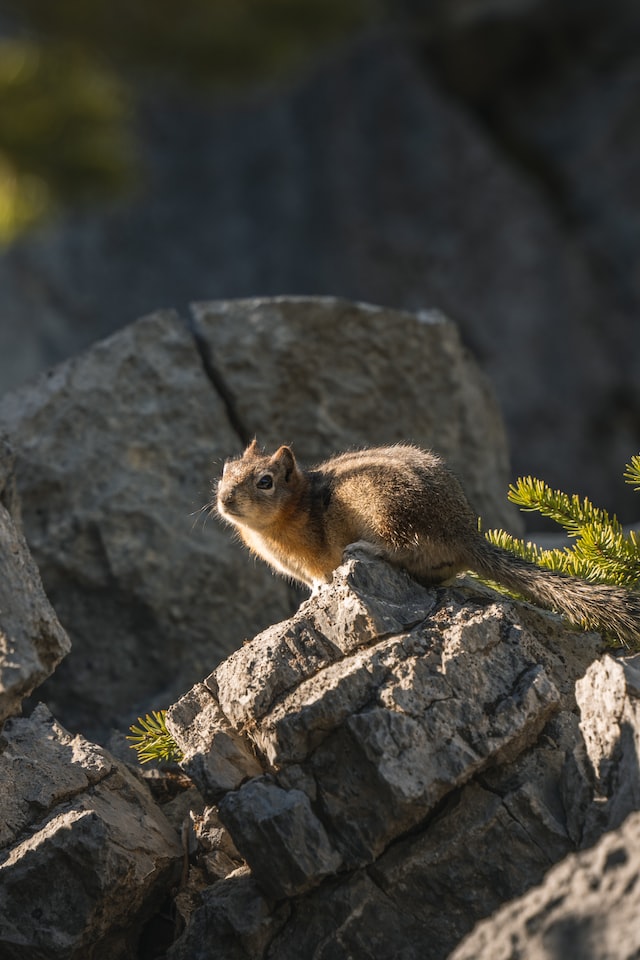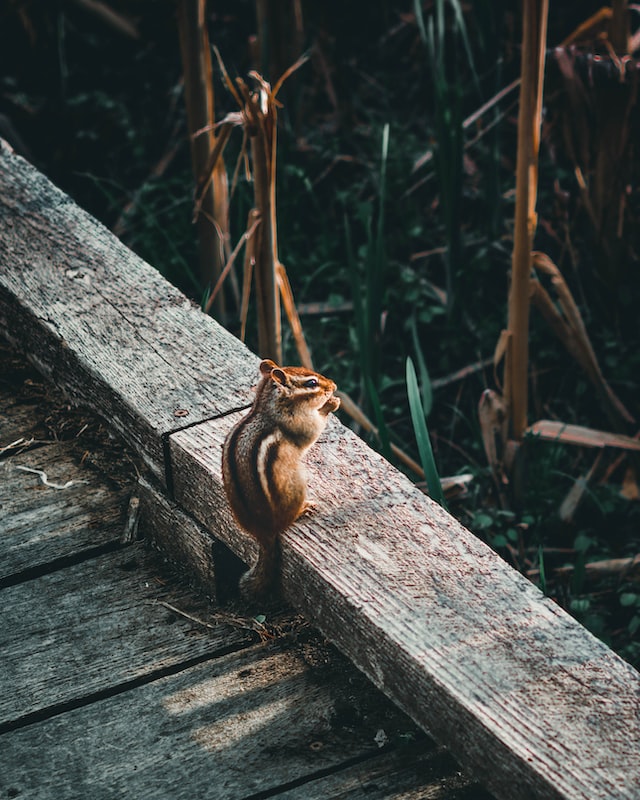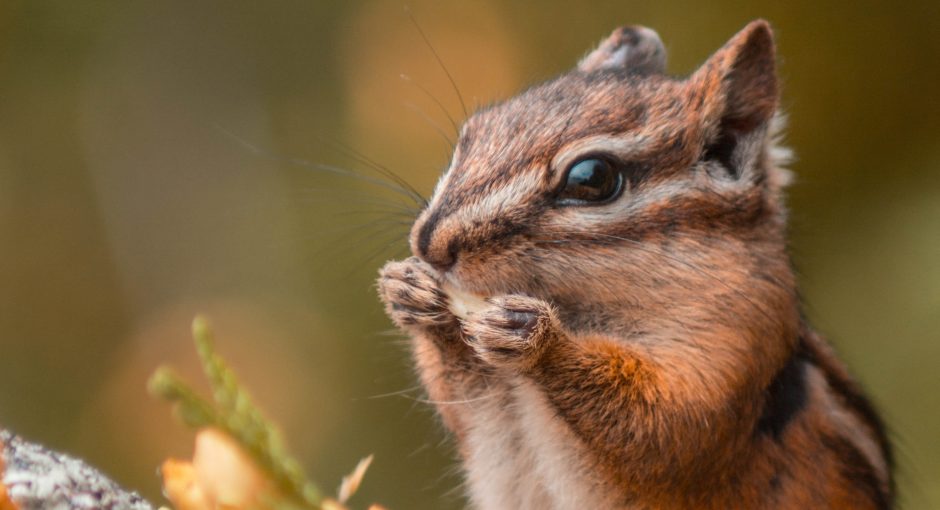Chipmunks may be adorable, but they also possess the potential for destructive behavior to homes and gardens. If you’re having issues with chipmunks in your area, you need a humane solution that won’t harm them or your pets.
One of the most successful methods for accomplishing this is with a bucket trap. This humane method utilizes water to capture chipmunks and transport them away from your property into a forested area far away from any human presence.
Set up the trap in an area where you frequently spot chipmunks, then fill the bucket with enough water to prevent them from escaping. Once full, scatter some sunflower seeds onto the surface of the water for added attraction.
Now, secure the end of a 3′-4′ piece of wood over the lip of the bucket. Make sure the wood is long enough to create an inviting slope for the chipmunk to climb.

Next, sprinkle some sunflower seeds onto both the wooden piece and on top of the water in the bucket. Dry seeds work best as they will float on top and tempt chipmunks to jump in for a snack.
Chipmunks will climb up the ramp, take bait and then fall into a bucket where they cannot escape. After you’ve trapped several chipmunks, relocate them to an area that’s at least five miles away from your house in forested terrain.
Another humane solution is to use a dowel trap. This kind of trap works similarly to the bucket trap, except it sits on top of a dowel that hangs a few inches over the edge. The dowel is designed to lure chipmunks into it by offering them something tasty – eventually leading to their demise in the bottom of the bucket.
This method works great for minor infestations and can be highly effective if you have a lot of chipmunks in your yard. Set the dowel trap as soon as you spot rodents in your yard and check it at least twice daily; more frequent checks are preferable.

Once the rodents are inside the trap, cover it with a blanket to help relax them and prevent them from escaping. After setting this trap in an area where there will be plenty of cover such as shrubs or trees that the rodent can run to, set it where it won’t have any trouble finding food or water.
You can also spray various oils on your plants and bushes to discourage pests from eating them. While these, such as tea tree oil or mighty mint, won’t kill the pests directly, they will certainly scare them away and keep them away from your garden and home.
Other methods for keeping these pests away include mothballs, which act as a natural repellent. And don’t forget to ask your hairdresser for clippings to scatter around the garden beds; the smell of human hair can be an effective deterrent to chipmunks.
